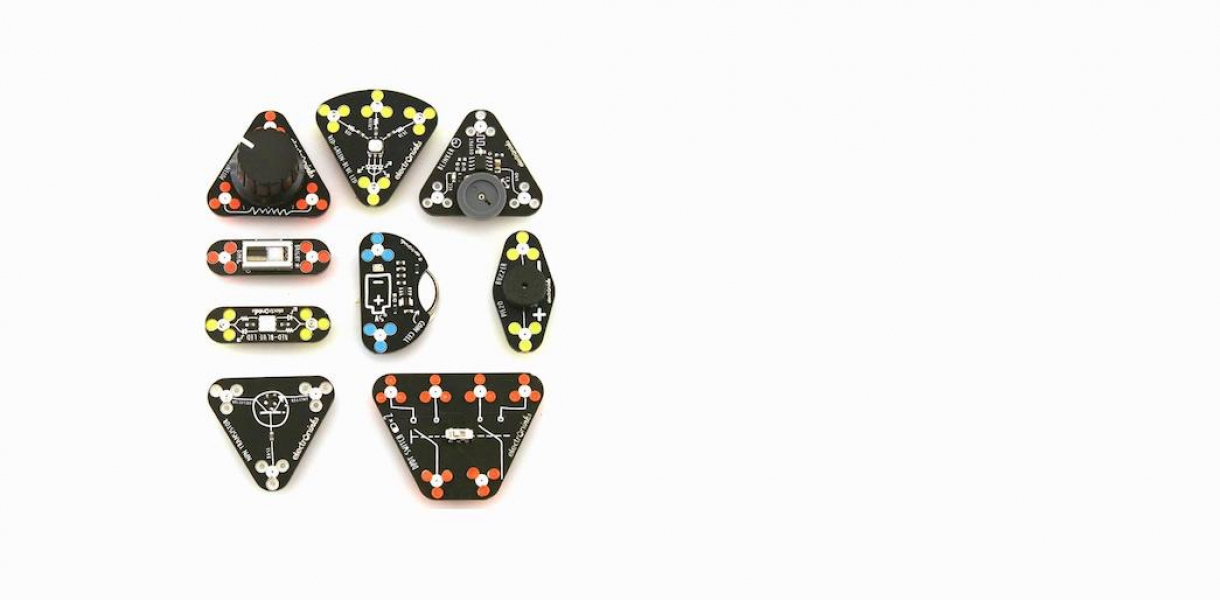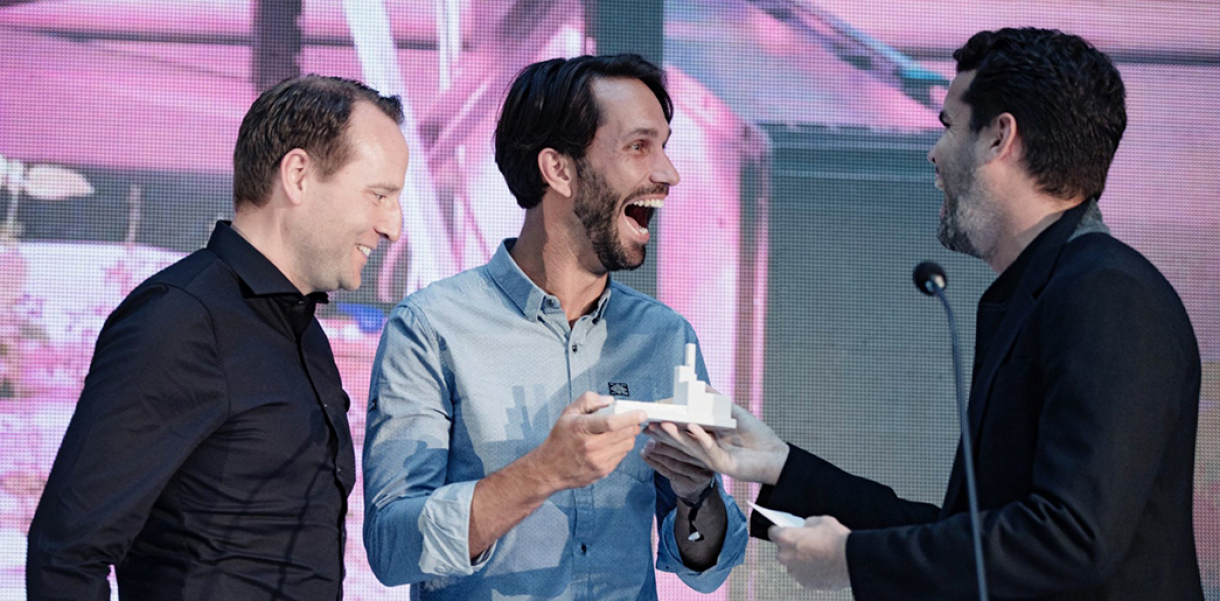What’s the design?
Circuit Scribe is a collection of kits introducing and advancing STEM skills in kids. With a rollerball pen with conductive ink, users can draw functional circuits instantly without any required metals or soldering. The products sold by Electroninks, an industrial materials development company that produce high-performance materials for the consumer electronics supply chain.
The hurdle
It started with Electroninks, but it took off with a Kickstarter campaign for Circuit Scribe. S Brett Walker, Founder and CEO of Electroninks, founded the company while working on his PhD in materials science and engineering in 2013 and decided it would be nice to have an outward-facing consumer product.
“Circuit Scribe gives us much more visibility and allows the average consumer to understand, at least on a very general level, what we do as a company (...) I do believe it's a real benefit to us overall,” says Walker.
To get some funding, feedback and test the product's viability, Circuit Scribe launched as a project on Kickstarter during Thanksgiving 2013. Quickly, the product went viral and raised €593,500 in a little over 30 days. “At the time, it was one of the top most popular technology projects that had ever launched on Kickstarter,” Walker remembers.
But with great demand comes great responsibility. And while going viral sounds like a dream come true for any company looking to make an impact, it also brought on a lot of unforeseen challenges. “There was a reality check (...) when you have that level of demand, and you immediately have to fulfill that level of product, there's a significant amount of manufacturing infrastructure you need to purchase.”
“We priced the products appropriately so that we would have some level of profit margin – but once we got into the logistics of having to ship to about 12,000 different backers, many of them international? By the time we got through shipping and logistics and actually getting all the product out the door, we were $50,000 in the hole.”
Electroninks not only had to scale their business quickly – they needed to hire people who could sustain the momentum of the Kickstarter campaign. But scaling a team doesn’t necessarily generate more revenue.
“The lesson that took us a few years to learn was understanding that most of our interest in demand was inbound opportunities, so people that had already seen the product online or via other marketing channels online. A lot of the traditional routes that most people were urging us to go into, like hiring a large sales team and get this in front of everyone, the ROI on that ended up being extremely negative.”
The strategy
Walker and his team learned to trust their gut when it comes to doing the right thing for their product, but he also equally encourages entrepreneurs to involve investors – and not just for the capital.
“It not only keeps you honest, it keeps you accountable to some other party versus yourself. Because you can always justify certain behaviours when you're just dealing with yourself (...). If you truly want to grow a business, an outside investor syndicate gives you a lot of that oversight and discipline that you may not have otherwise.”
And speaking of growing a business, Walker has two pieces of advice for people who want to see their company and especially the product flourish.
“First off, I would say there's no substitute for a good incubation period, to make sure something is good enough to launch and get out in front of people. Because the more raw and rough around the edges things are when you launch, the more headaches you're going to have when you try to scale things up.”
His second advice might sound counterintuitive, but it's about showing love and care for your product by, at some point, letting it go. When you’ve reached a certain level of a minimum viable product, it’s time to give it to your users and get feedback. “There's got to be a level of not being emotional/dispassionate and being able to take feedback. Because ultimately, that's the only way the product grows.”
Tips from the designer
- A company with a side hustle – if your company makes complex solutions, consider increasing your visibility and awareness through an understandable consumer product.
- Virality does not a business make – when your product goes viral, it takes a lot of manpower and finance to not only deliver on your promise but maintain momentum.
- Scaling is not always the answer – Scaling doesn’t mean increased revenue. The traditional route might not make sense for your business.
- Build the best product… – take your time in the incubation period to build the best product possible. Rough edges is a recipe for headaches later on.
- … and then let it go – getting too attached and protective of your product would be selfish. Share it with the world and greet the feedback.




